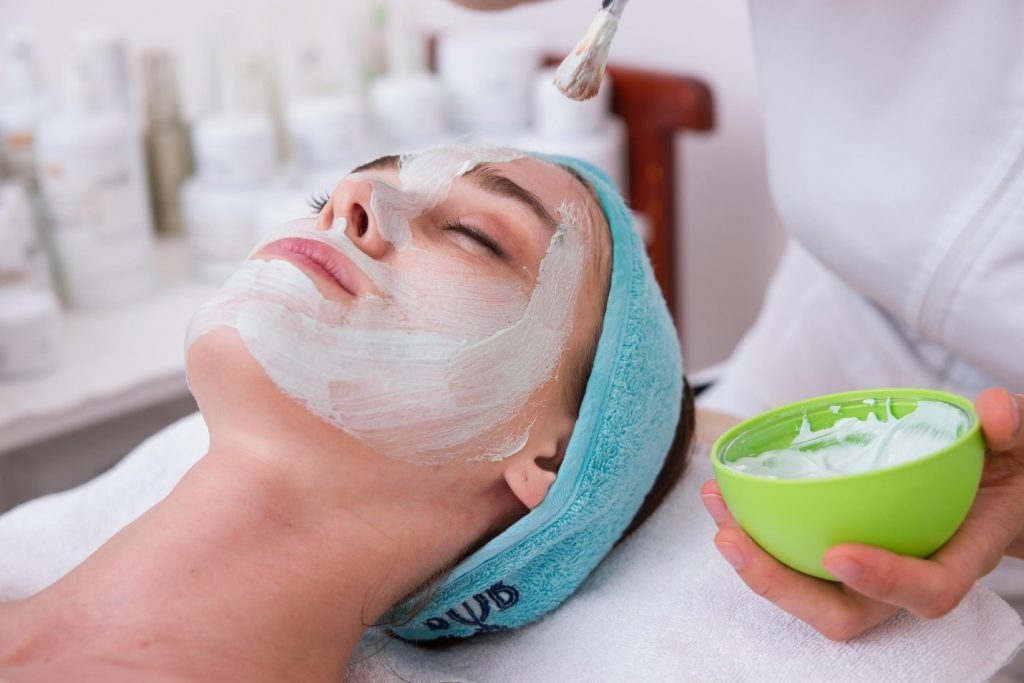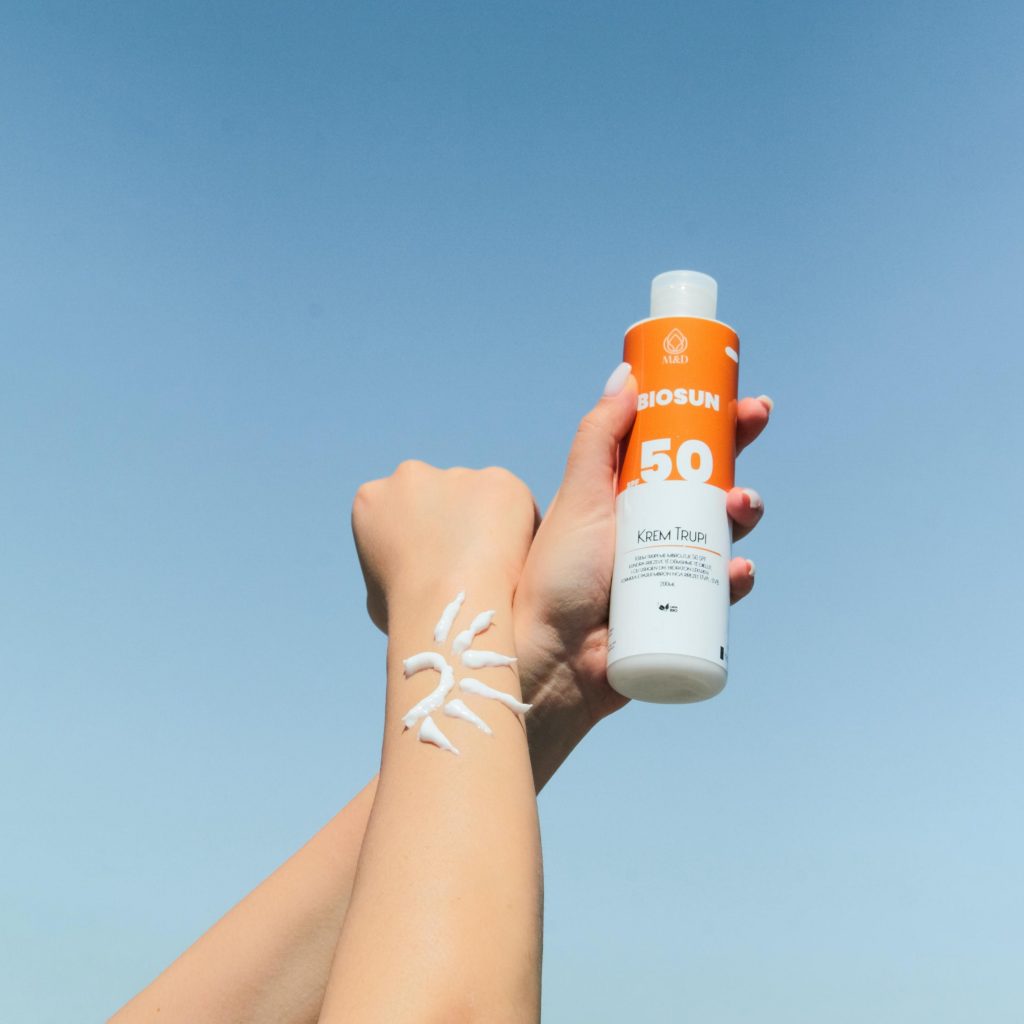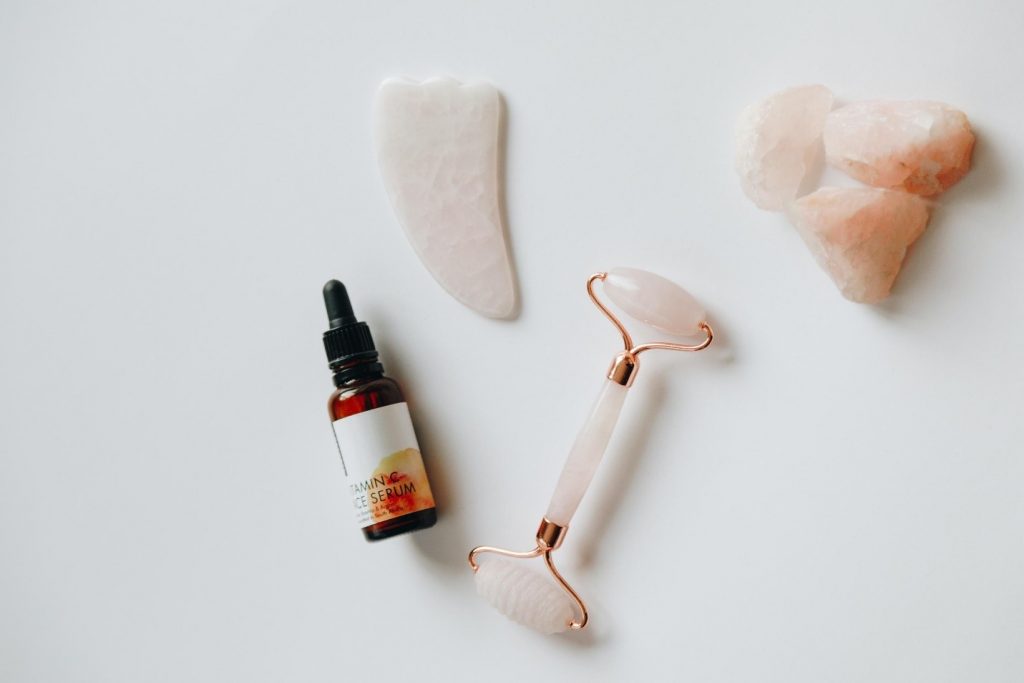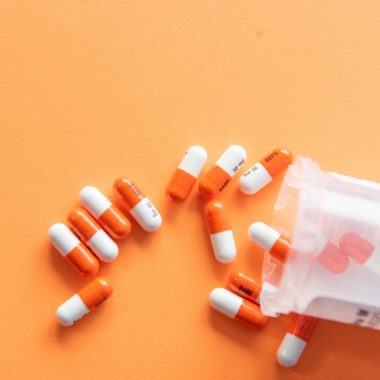A chemical peel is a facial procedure done on the skin to remove and rejuvenate damaged skin, help in treating wrinkles, and correct scares and discoloration. They are done with a mix of different types of chemicals and acids with different skin penetration degrees. These chemicals help kill off and peel skin cells that have been affected by aging and/or skin exposure. This procedure makes the skin look younger, softer, and much healthier. This procedure is very technical and might not work for everyone. It is essential to choose a board-certified dermatologist and consult with them on whether it is the right call for you and what percentage is suitable for your specific skin complaints and goals.

How to prepare before a chemical peel skin treatment:
After choosing your dermatologist, you will need to schedule an appointment to discuss why you want a chemical peel and whether it is the right call for you and your skin. Often people will go in for a procedure without discussing or consulting their dermatologist first, which is a big mistake. Some people are adamant about getting specific harsh intrusive methods; more often than not, their skin doesn’t need them. It is essential to consider your skin’s needs and what it can and can’t handle rather than just tunnel-focusing on the results you want.
In this appointment, you should expect your dermatologist to ask questions to build a medical history or profile to ensure that you are a good candidate for such a procedure. Questions like nutritional deficiencies, prior exposure to radiation, history of diabetes, use of oral contraceptives, abnormal scarring, and amount of sun exposure might seem like a lot or might even seem as not being relatable to the procedure in question. Still, they are standard questions that you should expect your dermatologist to ask.

Your dermatologist will then perform a skin exam to evaluate your skin’s thickness and conditions. You may take pictures to create before and after documentation.
Two to four weeks before the procedure, a set of activities known as priming is performed to prepare the skin. Exposure to sunlight should be limited or avoided, and you should apply an excellent heavy-duty sunscreen with an SPF of 50+ daily. Waxing and any other treatments that can cause micro-tears in the skin should be avoided. A day before your procedure, you should wash your face with a non-residue soap and refrain from wearing makeup or any moisturizer.

What to expect during your procedure:
Chemical peels should be done in a sterile environment with adequate lighting and ventilation. Your derm should wear sterilized gloves, a mask, and other protective gear. Your eyes should be closed, and you should be given special eye protection.
Depending on the peel’s depth, you might apply numbing cream to the face before the procedure.
The method of application differs depending on the peeling agent chosen. The solution may be applied with a brush, gauze swab, or cotton tip swabs. For gel solutions, a plastic or wooden spatula is usually used.
The solution Is first applied to the areas with the thickest skin [nose, cheeks, forehead…]. It is then spread to the rest of the face with firm, even strokes done all in One Direction.
You may feel a slight burning sensation or tenderness. Once the procedure is done, a cold compress or a neutralizing wash may be used.

Chemical peel results and post-peeling experience
Your skin will likely be irritated and will appear red. Depending on the depth of the appeal, you might experience swelling. However, a mild burning sensation and a little sting are also very normal.
For mild peels, you may start to see results two weeks post-procedure, but the return of skin to normal can take months for a long-lasting result to show.
To prolong your results, you need to moisturize daily and avoid sun exposure as much as possible. Wearing a 50 +SPF sunscreen is also vital.
Chemical peels are a safe, quick, and cost-effective way to rejuvenate your skin. However, to ensure a successful chemical peel and good results, your Dermatologist has to help you choose the best-peeling agent that fits your skin’s needs and goals. This way, you’ll end up with the younger, healthier, clearer looking skin of your dreams.








